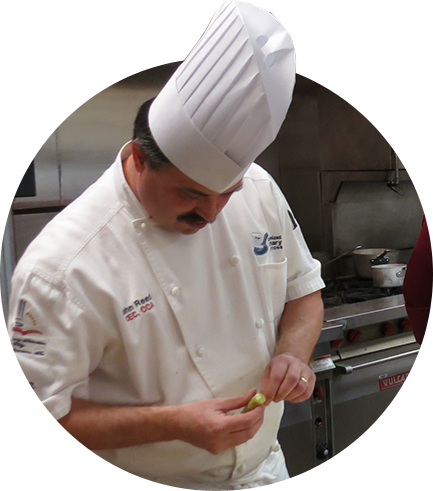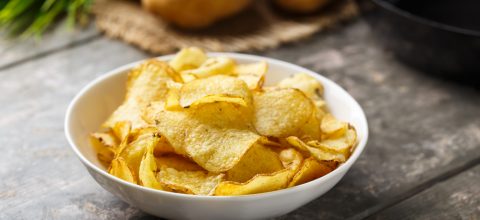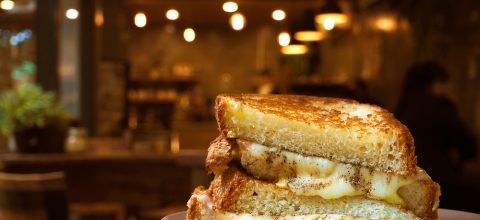In presenting a menu for an Indian menu request you need to ask several questions.
• Are the dishes part of a larger menu program such as a station or hors d’oeuvres?
• Is the entire theme and menu request part of the event for a wedding or special occasion?
• Who is the audience?
• What part of the country may the host/guest come from?
Answering these questions at the beginning is important as it helps the culinary team focus on the exact needs of the dishes and format.
Here are some guidelines.
Reception Food
For stations and or singular focused dishes, modern influences such as the street foods and fusion are great ways to create dishes that are easily approachable. Items such as fried pakoras, baked samosas, and small char roasted and griddled items that pay homage to the clay tandoor ovens and the street stalls. Use a mish mash of flavors combining recognizable items such as Asian dumplings and spring rolls and Indian flavors such as grilled meats and spiced vegetable with traditional chutneys or raita. The flavor profiles can be more mainstream and approachable with a broad group of guests
Formal Menus
Complete menus from cocktails to dessert require more thought where ingredient and cooking techniques are of higher importance. Depending where the guests or host family have their regional roots, you have to modify the dishes to meet both dietary and religious concerns as well as side dishes and pairing types of cooking techniques.
For most situations, it is recommended to offer a Chaat Table during the cocktail hour. Chaat are snacks such as fried potatoes, crispy highly seasoned snack mixes made from chickpea flower, rise nuts and seeds. Most of these can be found at Indian Market and there are plenty of varieties to choose from.
There are 4 major regions that generally will be compared to each other
North vs. South
East vs. West
Each has their own influences and preferences and traditions. What ever direction you go the menus need to contain the following to reflect the concept of a thali plate.
• Selection of various main dishes both vegetarian and meat (3-7 options both wet and dry cooked)
• Dal or bean dish and also served as a soup
• Starches of Rice (South) or Bread (North) to be used as the utensil
• Various chutneys, raw vegetables and yogurt
• Followed by milk and almond based sweet desserts
All meals are presented family style on a buffet where guests can control their portions and each at a leisurely pace. In the north the use of dishes is common but in the south food is commonly served on a cleaned banana leaf and preferably eaten with the right hand
As guest depart, palate cleansers such as seasoned fennel seeds or betel leaves filled with various items such as coconut and herbs are chewed to freshen the palate.










